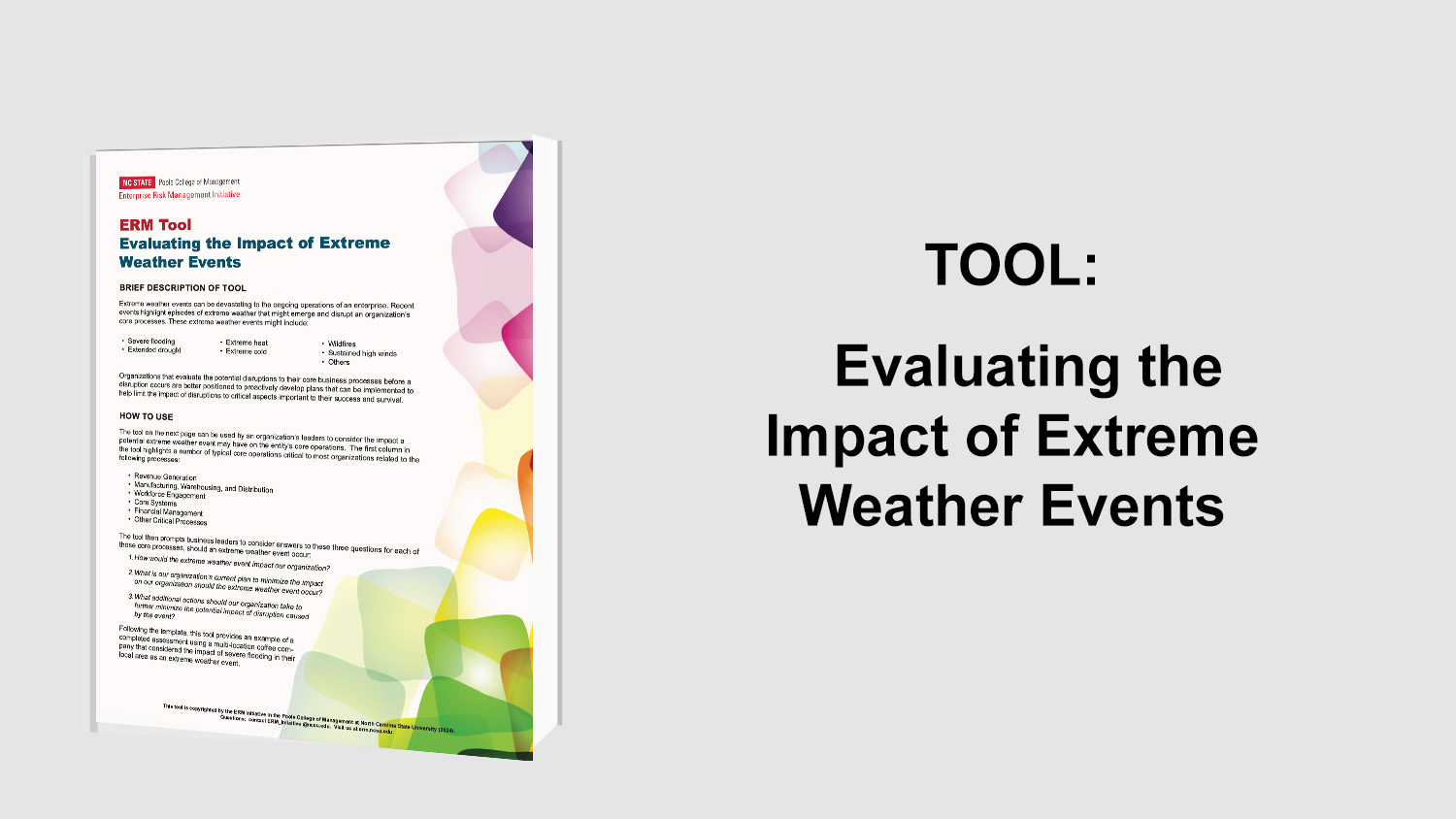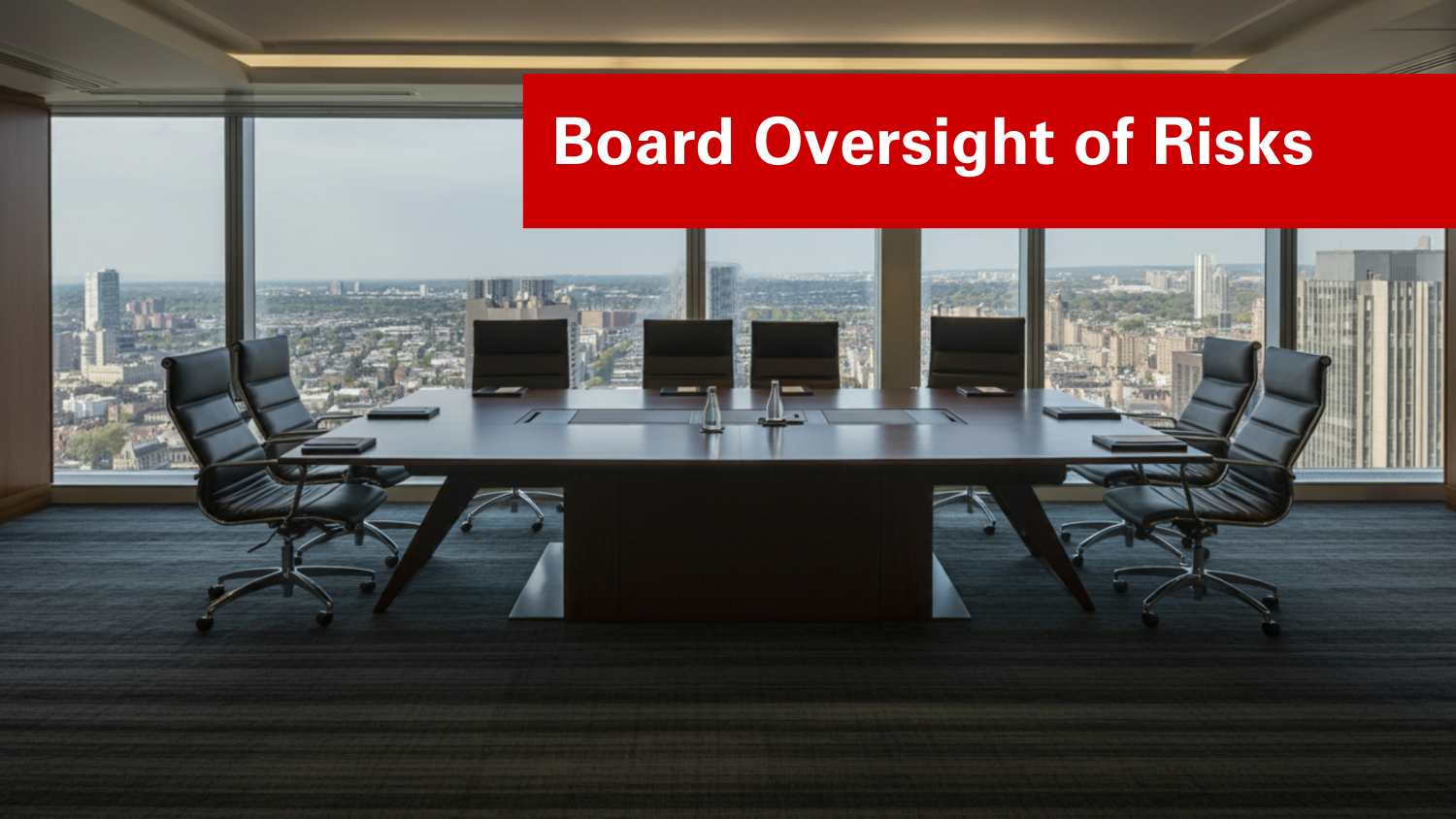How Risk Aversion Can Hurt Your Organization
ERM is as much about taking risks in pursuit of value as it is about risk avoidance or mitigation. When organizations become overly risk-averse in their decision-making, they can actually squander reasonable opportunities to grow and achieve enterprise objectives. This tendency of managers towards too much risk aversion is the subject of this article from McKinsey & Company.
The authors, Tim Koller, Dan Lovallo, and Zane Williams, demonstrate the potential significance of this bias towards avoiding risk. Via their research in the area of behavioral biases, they have observed that:
- Managers tend to favor projects that require smaller investments over those that require larger investments, even when both alternatives are projected to have positive outcomes relative to the size of the investment.
- Executives tend to be as risk averse about small investments as they are about large investments.
The authors note that when the tendency to avoid risk is applied to each of the numerous business decisions that must be made each year, it can compound to result in an organization that is operating well below its overall risk appetite. This could easily make a business less competitive than it should be. The authors go on to explain the root causes of risk-avoidance behavior among managers, and they also provide suggestions that may help organizations to curb unnecessary risk aversion.
Root Causes of Risk Aversion
The article points to the following behavioral biases as contributing factors to risk-averse behavior:
- People naturally steer clear of potential losses, even when the projected benefits of a decision equal, or even exceed, the potential for loss.
- Managers tend to consider each business decision (and set of risks) on its own, rather than considering the successes and failures of all the decisions they must make over a period of time (i.e. a large number of projects may likely net out favorably, with some failures and some successes).
The authors point out that companies make these behavioral tendencies more pronounced by routinely rewarding or punishing managers based on the outcomes of individual projects, rather than on each manager’s overall track record.
Suggestions for Curtailing Risk Aversion
In order for ERM to be truly successful, the risk management process must be supported from the top and cultivated throughout the organization and its culture. In accordance with this sentiment, the article authors propose a “company-wide” approach to reducing unnecessary risk aversion. Several features of this approach are:
- Push, or even require, managers to develop proposals for high risk, high reward projects; consider those proposals alongside proposals for safer projects with lower returns.
- Grade managers on the basis of overall performance, rather than on the basis of individual project outcomes.
Take-away
This article from McKinsey & Company is certainly not advocating heedless risk-taking; rather, the article helps to expose a behavioral tendency among members of a management team that can undercut a company’s ERM process. By eliminating an overabundance of risk aversion, organizations can ensure that they are taking an appropriate level of risk.
Original Article Source: “Overcoming a Bias Against Risk Might”, Tim Koller, Dan Lovallo, and Zane Williams, Corporate Finance Practice, August 2012
- Categories:
- Types:


